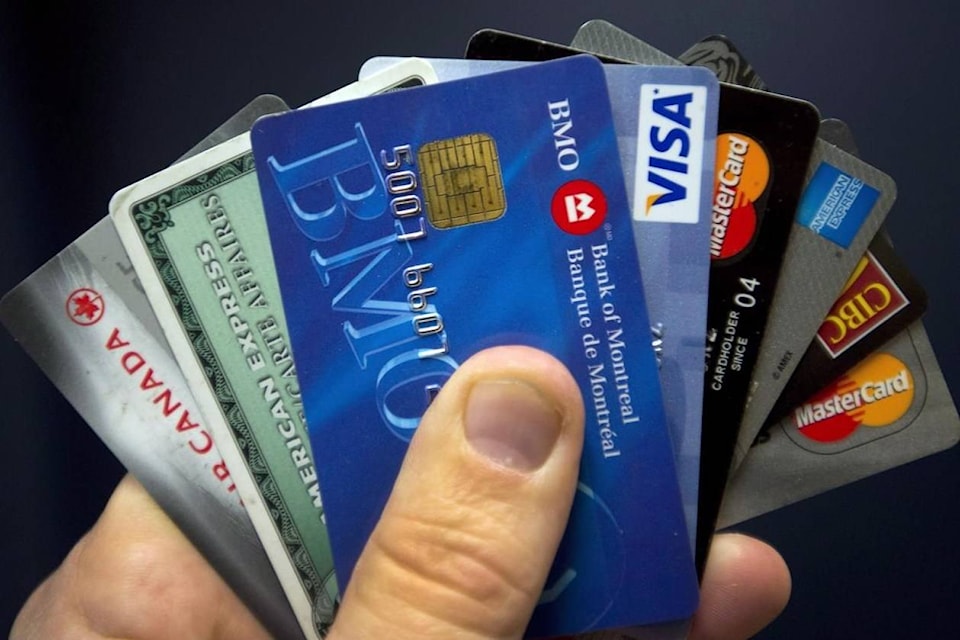Equifax says the debt profile of Canadians has changed throughout the pandemic, with mortgages accounting for a larger portion of peopleB��Ԫ������ַ�s debt.
The company said Tuesday consumer debt stood at $2.08 trillion for the first quarter of 2021, up 0.62 per cent from the fourth quarter of 2020 and up 4.78 per cent from a year earlier.
It said the rise was largely driven by mortgages, with the number of new mortgages up 41.2 per cent from a year ago when the country experienced the start of the pandemic.
However Rebecca Oakes, assistant vice-president of advanced analytics at Equifax, said the rate of new mortgages in the latest quarter dropped when compared with the final quarter of 2020.
B��Ԫ������ַ�There is a bit of potential that first-time homebuyers are starting to get priced out of the market, particularly in some of those hot markets like British Columbia and Ontario,B��Ԫ������ַ� she said.
Oakes said the largest increases in consumer debt were in British Columbia and Ontario, a direct result of the high home prices in those provinces.
At the same time, the credit reporting agency said consumer credit card debt was at a six-year low, as reduced spending led to healthier habits around daily spending.
B��Ԫ������ַ�Across the board in all age groups, weB��Ԫ������ַ�re starting to see people pay more than they actually spend on a credit card, which is a real positive behaviour change in terms of consumers,B��Ԫ������ַ� said Oakes, who said consumers paid $11 for ever $10 they spent in January 2021.
B��Ԫ������ַ�We know thatB��Ԫ������ַ�s heavily impacted by some of the lockdowns and the ability for consumers to spend in the same way they once were.B��Ԫ������ַ�
Meanwhile, other big-ticket credit items like lines of credit have also accounted for a the general rise in Canadian debt.
Oakes said there was a 60 per cent increase in home equity lines of credit, which are secured against the value of a borrowerB��Ԫ������ַ�s home.
B��Ԫ������ַ�We are seeing people take on additional levels of home equity lines of credit, and where that starts to become a concern is if interest rates go up,B��Ԫ������ַ� since those kinds of loans are often at a variable interest rate, Oakes said.
Equifax also noted a rise in car leasing as opposed to car financing, which Oakes said could be related to higher costs for cars that are being seen in the U.S. market.
She said delinquencies were still happening at a much lower rate than pre-pandemic, as consumers continue to benefit from government financial support during the pandemic. But Oakes warned people need to prepare for those supports to subside to ensure their financial health.
B��Ԫ������ַ�The Canadian Press



